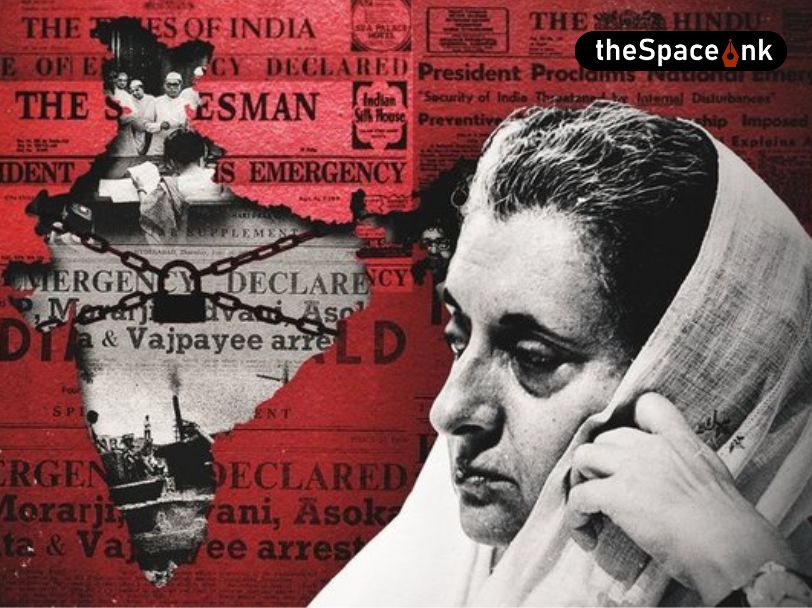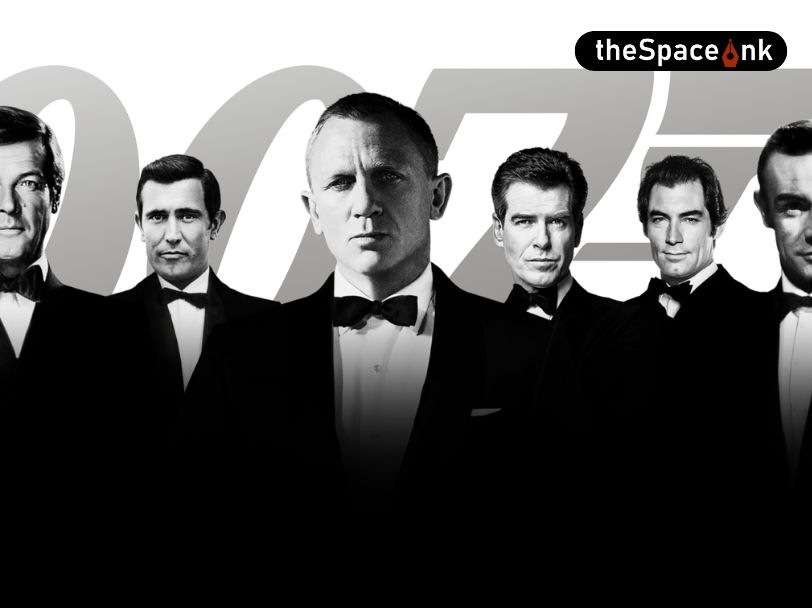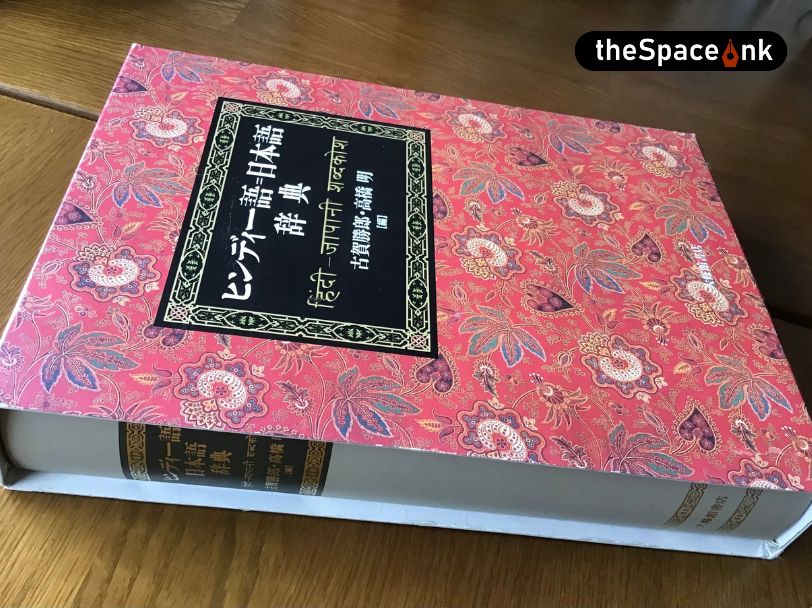When I first read Bram Stoker’s Dracula, the world was obsessed with vampires. Their pale demeanour, pointed incisors, tree-like age, and likeness to a bat seemed so appealing to young girls, that most were positively convinced that vampires would be their best mates. The fact that these creatures did not exist meant that they would have to die alone or live unhappily. One cannot point out a single text or television series that brought about this change in the image of the vampire. If Stephanie Meyers’ Twilight started the craze, Richelle Mead’s The Vampire Academy and the television series The Vampire Diaries, based on L.J Smith’s books of the same name, added to the attraction of the most sentient bloodsucker. But long before Edward Cullen sexualised the vampire, Bram Stoker’s Dracula terrorised its readers with his hypersexuality.
When I first read Stoker’s Dracula, I was looking to add an evergreen classic to my I-Have-Read list. Being a young reader, I wanted to submerge myself in a world that would fascinate me- without too much philosophising as classics tend to do. Dracula seemed to be the perfect fit: rather than being a story of a man and his endless tragedies, it was a story of men versus an unvanquishable creature. It was on a subject that was popular amongst my age group but broached in a way that was unpopular at the time. I had also been warned that the book would scare someone of my disposition. Armed with several of these warnings, I approached Dracula as nothing more than a horror story.

It did not disappoint. After all, it was the appeal of the horror element that urged me to read the book a second time. Jonathan Harker’s journey through the Borgo Pass on a cloudy and foggy night, with new dangers- both natural and supernatural- threatening him at every turn is enough to send a chill down any imaginative reader’s spine. When he reaches Castle Dracula, his worries are far from over. It does not take him long to realise that he is a prisoner of Dracula and will be left to the designs of the three Vampire Brides as soon as the Count gets what he wants from him. The constant threat of life, not only to Jonathan, but to his fiancé, Mina, and her best friend, Lucy, by a creature whose kryptonite is unknown to the common man, raises the stakes of the story. But even more than death, it is the circumstances of dying, Stoker conveys, that is the real threat. This only became evident to me on my second read.
Count Dracula’s act of turning a human into a vampire is intensely sexual. It is, perhaps, that very idea that led to the conception of an Edward Cullen or a Damon Salvatore. Biting the skin of the neck to draw blood seemed too animalistic to my preteen self to register as anything erotic. However, sexual or not, it is made very clear by the author that the Count was evil on every conceivable level. He is deceptive, cunning and will stop at nothing to get what he wants.
The Count is a sexual predator. Preying on Lucy’s sleepwalking to draw blood from her every night until she was hooked to the process and taking advantage of Mina because people around her considered her to be pure, are just some of the instances of his fiendish behaviour. His nature of moving from one woman to another as soon as he is done converting them to a vampire also struck me as similar to the real-world habit of preferring virgins but losing interest in them as soon as they lose their state of ‘purity’.
Also read: 18th Brumaire of Isaac Asimov
I saw Dracula’s three Brides as extensions of him. But from the writing, they seemed to be even more vile. It is evident from the very first description of the Vampire Brides what is so horrifying about them- they had brilliant white teeth and voluptuous lips- their overtly sexual appearance and promiscuous nature. Jonathan mentions that they have a strange effect on him- one of repulsiveness and one of “a wicked desire” of a romantic encounter. He even feels a “languorous fantasy” when one of the Brides kisses him while he is in a trance. Writing in his journal, he remarks how much he abhors women and the effect they have on him, by comparing them to his fiancé- “Faugh! Mina is a woman and there is nought in common.” It is this fate- falling into their seductive trap and cheating on Mina- that Jonathan fears more than death, and that which ultimately forces him to almost give up his life in an attempt to escape the Castle.

But what about sweet Lucy Westenra, Mina’s friend, who becomes a victim of the Count when the story reaches its midpoint? Her ‘death’ was a little hard on me– both the first and the second time I read the book. She was pretty, caring, but also poorly in health. She dreamt about getting married. When she received three marriage proposals from three different men, she wrote to Mina with barely contained excitement– “Why can’t they let a girl marry three men, or as many as want her, and save all this trouble?” It is quite a scandalous thing to say, especially in the Victorian era.
It is only when I was reading the book for the second time that I made the connection between Lucy and the other Vampire Brides. Hers was a cautionary tale- she might not have started as a Bride but her unbridled enthusiasm for men’s attention and the ‘married life’ made her the perfect candidate for the Count.
The monstrosity that was Lucy’s curiosity in men comes into full bloom after her death. After hearing news of a young woman luring children who were never to be seen again, Van Helsing, along with Arthur Holmwood, Quincey Morris, John Seward and Jonathan decide to visit Lucy’s grave. There, their fears are confirmed when they meet her as a Vampire Bride. Although she was emaciated before her death, her health had returned in her undead form– and worse, she had become like the other Brides- tantalising and promiscuous. She took turns to seduce all the men in the party, as if her interest in men, which was suppressed by generations of traditions and societal norms had suddenly broken free of all chains. This scandalises the men so much that they decide that the only way forward is to drive a stake through her heart and burn her body.
His right hand gripped her by the back of the neck, forcing her face down on his bosom. Her white nightdress was smeared with blood, and a thin stream trickled down the man's bare breast which was shown by his torn-open dress. The attitude of the two had a terrible resemblance to a child forcing a kitten's nose into a saucer of milk to compel it to drink.
Bram Stoker, 'Dracula'
However, this was not the case when Mina was defiled by Dracula. Whilst Lucy’s stifled desire for men compels her to seduce her fiancé, in her vampire form, Mina refuses to touch or kiss her husband because she feels “unclean” during her transformation. She was a paragon of virtue in her human state– which is a huge part of the reason why Dracula chooses to ‘corrupt’ her- and she maintains that nature even during her brush with vampirism.
It seemed to me as if no one had anything in common with the virtuous Mina! Maybe that is why she was worth saving? Mina is educated– she has a “man’s brain” but she uses her education to pursue a noble profession: teaching. She is not averse to married life but, unlike Lucy, she is devoted to only one man. Mina cares for the men around her, but in a motherly way: she never revels in their attention. Every now and then, Mina mentions how fortunate she is to have brave and strong men to protect her from Dracula. Yes, protected from the vampire rather than being seduced by him. It is clear which friend deserved saving.
By the end of the book, I had realised that Dracula is not a horror story, it is the story of the horrors of leaving virtue and tradition behind. The ‘ideal’ dynamic of society- how it should be- was evident to me: don’t toe the lines society constructs for you, and you will be worthy of saving by the naturally given epitomes of courage. Shift from the established lines, shake the traditional stereotypes- be the ‘New Woman’- and unknown evils might leave you impure and (un)dead.
Although the craze of sexualising the vampire from the late 1990s to early 2000s reached ridiculous proportions, there was a tinge of irony in it. This is my most interesting observation. Most of the creators of the vampire-centric books and films/series of the present are women. What’s more is that in these stories, the romances between vampires and human females are desired, even pined for by the latter group. Although the vampires of the present have shed quite a few characteristics that made their Victorian counterpart a villain (they are devoted to one mate and satisfy their bloodthirst with animals rather than humans), it is still a significant change that the women are freely acknowledging and expressing their attraction to vampires. Does that make us a generation of Lucies? Are the Minas of the world, the ones Stoker desperately wanted to save, gradually disappearing? Is this, then, the end of virtue and human values like Stoker predicted? Is an unvanquishable evil awaiting us soon? That is for the experts and authors to answer.
Notes:
Dracula is a Victorian Gothic novel, written by Irish author Bram Stoker. It centres around the fight between the Transylvanian nobleman vampire, Count Dracula, and a group of English men and women, who refuse to let his unnatural influence spread to England. Over time, Dracula has become one of the best-known literary works about vampirism and has inspired a whole genre of literature. It was published in 1897.






